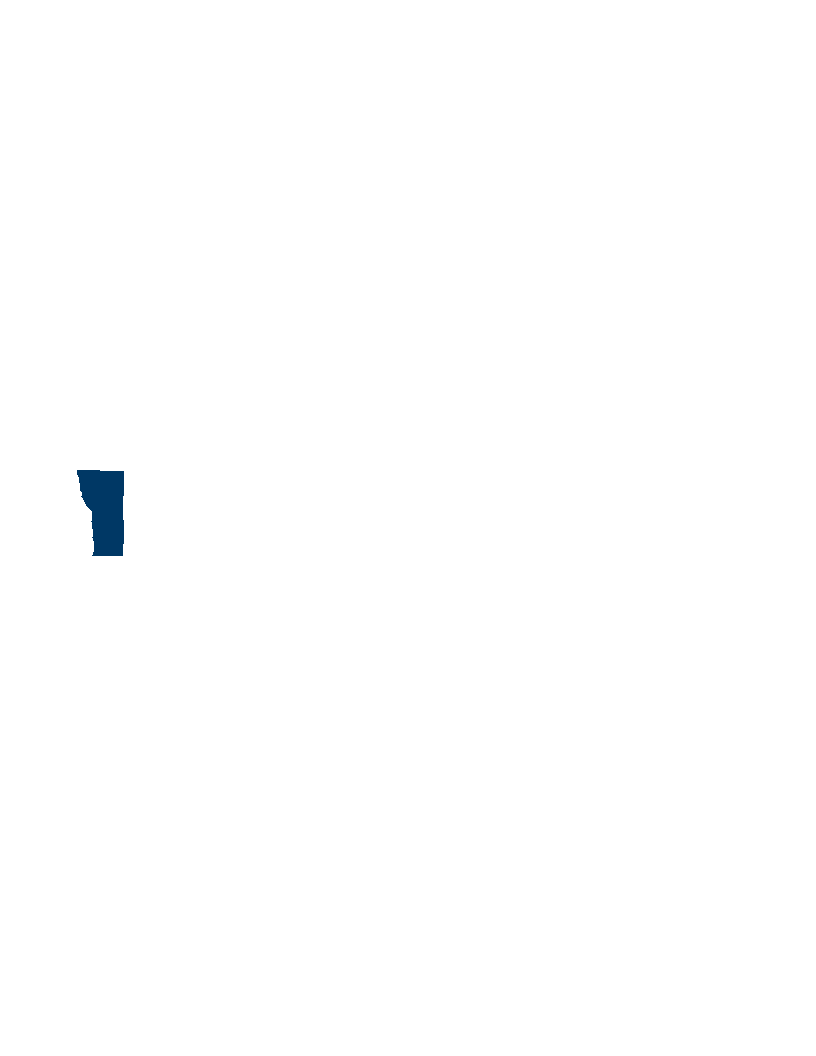South Branch Buffalo River Watershed Restoration - Phase 2
The BRRWD will partner with the Wilkin SWCD, West Otter Tail SWCD, NRCS, and landowners to install 60 sediment BMPs (water and sediment control basins, grade stabilization structures, grassed waterways) that are contributing sediment to the South Branch Buffalo River (SBBR). When these 60 gullies are stabilized, sediment loading within the watershed will be reduced by 3,300 tons/yr and total phosphorus will be reduced by 370 lbs/year. The total sediment reduction associated with this project is 32 percent of the 10,373 tons/yr goal set by the TMDL for the SBBR. The BRRWD is expected to receive federal National Water Quality Initiative (NWQI) funding in 2024 through the NRCS which will help to stretch funding to get more conservation on the ground. The focus will be on upland areas, away from the SBBR channel corridor, to improve water quality within the SBBR watershed. This project, the "South Branch Buffalo River Watershed Restoration - Phase 2", is the continuation of the "South Branch Buffalo River Watershed Restoration" which includes installation of 50 sediment BMPs as well as phase 1 and 2 of the "South Branch Buffalo River Restoration" projects, which include installation of 72 side inlets adjacent to the SBBR and approximately 9 miles of stream restoration. In total, combining the proposed project with previous efforts, the sediment loading within the watershed will be reduced by 8,500 tons/yr (82% of the 10,373 tons/yr goal set by the TMDL). In addition, this project continues an ongoing effort over the past decade to improve water quality, manage erosion, reduce sediment, and enhance natural resources throughout the watershed. The Stream Power Index (SPI) Tool and the Prioritize, Target, and Measure Application (PTMApp) have been used to determine areas of high concentrated flow within the SBBR watershed. Based on this analysis, sediment BMP locations were identified that should be stabilized to repair gullies and ensure a reduction of future erosion. Using information from the PTMApp analysis, the total sediment load from all 60 gullies is 3,300 tons/yr and the total phosphorus load is 370 lbs/yr. Each gully was also ranked from most sediment contributing to the least and grouped into High and Medium categories. This project will be targeting the gullies identified as the highest priority within the SBBR watershed. The Wilken and West Otter Tail SWCDs have landowners with shovel ready projects, waiting for funding to complete implementation.
Annie Felix-Gerth
(b) $8,500,000 the first year and $8,500,000 the second year are for grants to local government units to protect and restore surface water and drinking water; to keep water on the land; to protect, enhance, and restore water quality in lakes, rivers, and streams; and to protect groundwater and drinking water, including feedlot water quality and subsurface sewage treatment system projects and stream bank, stream channel, shoreline restoration, and ravine stabilization projects. The projects must use practices demonstrated to be effective, be of long-lasting public benefit, include a match, and be consistent with total maximum daily load (TMDL) implementation plans, watershed restoration and protection strategies (WRAPS), or local water management plans or their equivalents. Up to 20 percent of this appropriation is available for land-treatment projects and practices that benefit drinking water.
The 60 sediment BMPs will reduce sediment by 3,330 tons/yr and total phosphorus by 370 lbs/yr. This is 32% of the TMDL goal of 10,373 tons/yr for sediment reduction.
LOCAL LEVERAGED FUNDS




